How to prolong the service life of reverse osmosis membrane
- Categories:News
- Author:
- Origin:
- Time of issue:2021-03-17
- Views:0
(Summary description)Reverse osmosis membrane is an important part of water treatment equipment and is widely used in electronics, electric power, automobile, food, medical and other fields. All mechanical equipment has a service life. In addition to factors such as design and material, the service life of water treatment equipment is also closely related to the service life of the reverse osmosis membrane. Here, New Horizons of Water Treatment shares with you the methods and techniques on how to maintain the reverse osmosis membrane and prolong the service life of reverse osmosis water treatment equipment .
How to prolong the service life of reverse osmosis membrane
(Summary description)Reverse osmosis membrane is an important part of water treatment equipment and is widely used in electronics, electric power, automobile, food, medical and other fields. All mechanical equipment has a service life. In addition to factors such as design and material, the service life of water treatment equipment is also closely related to the service life of the reverse osmosis membrane. Here, New Horizons of Water Treatment shares with you the methods and techniques on how to maintain the reverse osmosis membrane and prolong the service life of reverse osmosis water treatment equipment .
- Categories:News
- Author:
- Origin:
- Time of issue:2021-03-17
- Views:0
Reverse osmosis membrane is an important part of water treatment equipment and is widely used in electronics, electric power, automobile, food, medical and other fields. All mechanical equipment has a service life. In addition to factors such as design and material, the service life of water treatment equipment is also closely related to the service life of the reverse osmosis membrane. Here, New Horizons of Water Treatment shares with you the methods and techniques on how to maintain the reverse osmosis membrane and prolong the service life of reverse osmosis water treatment equipment .
After the reverse osmosis equipment was tested, two methods were used to protect the membrane . The test machine runs for two days (15-24h), and then use 2% formaldehyde solution for maintenance; or after running for 2-6h, use 1% NaHSO3 aqueous solution for maintenance (the air in the equipment pipeline should be exhausted to ensure that the equipment does not operate properly). leakage, close all inlet and outlet valves). Both methods can achieve satisfactory results.
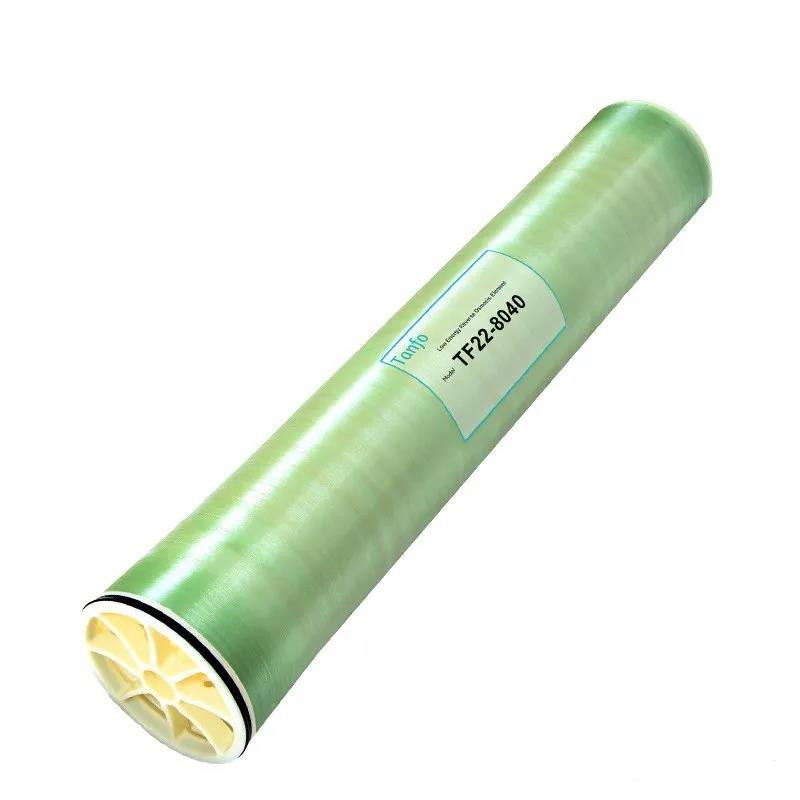
There are residual gas in the reverse osmosis equipment running under high pressure, and the formation of air hammer will damage the membrane. There are two situations: after the equipment is emptied, when the equipment is re-run, the gas is not exhausted and the pressure is rapidly increased. The remaining air should be exhausted under the pressure of 2 ~ 4bar, and then gradually increase the pressure to run. When the joint between the pretreatment equipment and the high pressure pump is not well sealed or leaks (especially the microfilter and its subsequent pipelines), when the reverse osmosis pretreatment water supply is insufficient, the microfiltration will be blocked, and the sealing will be poor. The place will suck in some air due to the vacuum. The microfilter should be cleaned or replaced to ensure that the pipeline does not leak. The pressure should be gradually increased when there is no air bubble in the flowmeter, and the air bubble should be gradually depressurized during operation to check the cause.
Since the concentration of inorganic salts on the concentrated water side of the membrane is higher than that of the raw water, it is easy to scale and foul the membrane. Rinse with chemically pretreated water. Membrane fouling may occur during plant shutdowns due to water containing chemicals. When the reverse osmosis equipment is ready to shut down, stop adding chemical reagents, gradually reduce the pressure to about 3 bar, and rinse with pretreated water for 10 minutes, until the TDS of the concentrated water is very close to the TDS of the raw water.
The common problems in the use of composite polyamide membranes are that the polyamide membranes have poor residual chlorine resistance, and chlorine and other disinfectants are not properly added during use, and users do not pay enough attention to the prevention of microorganisms, which can easily lead to microbial contamination. At present, the pure water microorganisms produced by many water treatment equipment manufacturers exceed the standard, which is caused by poor disinfection and maintenance. The reverse osmosis equipment is not maintained with disinfectant; the entire pipeline and pretreatment equipment are not disinfected after the equipment is installed; the disinfection and maintenance measures are not taken during intermittent operation; the pretreatment equipment and reverse osmosis equipment are not regularly disinfected; not enough.
During the use of reverse osmosis equipment, in addition to the normal performance degradation, the performance degradation of the equipment due to pollution is more serious. The usual pollution mainly includes chemical scale, organic matter and colloid pollution, and microbial pollution. Different types of pollution show different symptoms.
①Colloidal pollution: When colloidal pollution occurs, it is usually accompanied by the following two characteristics: the microfilter is blocked very quickly in the pretreatment, especially the pressure difference increases rapidly, and the B and SDI values are usually above 2.5.
②Microbial contamination: When microbial contamination occurs, the total number of bacteria in the permeate water and concentrated water of the reverse osmosis equipment is relatively high, and it must not be maintained and disinfected as required.
③Calcium scale: It can be judged according to the raw water quality and design parameters.
Pretreatment and debugging of reverse osmosis equipment
The quality of pretreatment is the key to the stable operation of reverse osmosis equipment. When the reverse osmosis equipment uses groundwater, there is no problem with the pretreatment of quartz sand and activated carbon, but it is different when using surface water.
1. Reverse osmosis equipment pretreatment agent
With the chemicals used in the treatment, including coagulants, coagulants, oxidants, reducing agents, scale inhibitors, etc., especially coagulants and scale inhibitors, the selection of these agents, the dosage and even the preparation method of the medicines will affect the chemical composition. The operation of reverse osmosis has a great impact.
Usually, we will pay attention to detecting the iron content of the influent water. In fact, the high aluminum content in the influent water will also cause the pollution of the reverse osmosis membrane. Aluminium fouling of membranes is caused by the precipitation of aluminium hydroxide, which usually exists in a colloidal form and is an amphoteric hydroxide with little solubility in the pH range of 6.5-6.7. The coagulation process is carried out at a pH value that is too high or too low, and aluminum ions will enter the reverse osmosis device and cause pollution of the reverse osmosis membrane. Therefore, for the pretreatment system using aluminum salts as the coagulant, the pH value should be controlled at 6.5-6.7 , so that the solubility of aluminum is small, pay attention to adjust the dosage in time according to the water quality, if possible, regularly check the aluminum content in the pretreated water, and control it below 0.05mg/L.
In order to prevent scaling on the concentrated water side, we usually add scale inhibitors. The current scale inhibitors are compounded with some organic acids and organic phosphates to achieve the purpose of scale inhibition and dispersion. If selected or controlled improperly, these organics will foul the reverse osmosis membrane element, and it will also become a breeding ground for bacteria and microorganisms, and will bring greater harm to the operation of reverse osmosis.
2. Temperature
Maybe everyone knows that temperature has a great influence on the flux of reverse osmosis membrane elements, so when calculating the water production, the temperature can be compared to each other by checking. Therefore, heating equipment will be designed in the pretreatment system of reverse osmosis where the water temperature is low in winter, which can effectively ensure that the reverse osmosis equipment can also achieve the designed output in winter.
In fact, the precipitation of SiO₂ in the membrane element is also closely related to the inlet water temperature of the reverse osmosis device. The concentration of silica in the concentrated water cannot exceed 100mg/l at 25°C and 25mg/l at 5°C. Therefore, when there is no heating device in the pretreatment system, in winter, great attention should be paid to the pollution of the membrane element caused by the silica precipitate, and the content of silica in the concentrated water should be strictly controlled, and its value should not exceed the solubility at this temperature. .
Operation management of reverse osmosis equipment
1. Regular inspection of reverse osmosis equipment
Regularly check and replace the filter element of the security filter in time to prevent the particle pollution of the reverse osmosis membrane caused by the leakage of the filter element due to installation or quality problems. When the inlet pressure difference of the security filter is greater than 0.15MPa, the filter element should be replaced. Generally, it should be checked once a month, and the filter element should not be used for more than 6 months. During operation, it should be checked frequently that there is enough gas in the security filter, and air cannot be brought in.
2. Inspection of reverse osmosis membrane elements
(1) Generally every six months (the time can be shortened if necessary), the first and second stage membrane elements of each set of reverse osmosis should be checked.
(2) Open the end cap of the pressure vessel (use special tools and operate by skilled technicians).
(3) Check whether there are mechanical impurities, metal oxide deposits in the water inlet section, whether there is bacterial growth, whether there is a change in the color of the membrane element, and whether the membrane is scaled.
(4) If necessary, the reverse osmosis membrane element can be pulled out for detailed inspection. When the membrane element is pumped into the water end, it must not be pumped directly. It should be pushed out of the pressure vessel according to the direction of water flow, and the same is true during installation.
(5) Make detailed records after each inspection for comparison.
3. Regular calibration of each meter to ensure the accuracy and reliability of the meter.
4. Regularly analyze and statistics the operation data of reverse osmosis equipment.
Operating pressure, recovery rate (or concentrated water discharge), influent SDI (pollution index), pH, residual chlorine and temperature are the main operating control parameters of the reverse osmosis plant; desalination rate, water production and pressure difference are the three main Monitor performance parameters. It must be strictly observed in the operation management, and the operating conditions must not be changed at will. In particular, it is necessary to prevent increasing the recovery rate to increase the water production, resulting in scaling on the reverse osmosis membrane surface; to prevent continued operation when the SDI value exceeds the standard, resulting in blockage of the reverse osmosis membrane; to prevent continuous operation above the allowable large pressure difference And cause destructive damage to the membrane element.
Scan the QR code to read on your phone
-- Recommend --












Shijiazhuang Tianwang Environmental Protection Technology Co., Ltd.
Shijiazhuang Tianwang Environmental Protection Technology Co., Ltd. is a high-tech enterprise specializing in the research and development, manufacturing and sales of water treatment equipment.
Contact information
Production address: No. 9, Fengchan Road, Economic and Technological Development Zone, Shijiazhuang City
Office Address: 25th Floor, Block C, No. 310 Changjiang Avenue, Shijiazhuang High-tech Development Zone
Contact number:
Copyright ©2022 Shijiazhuang Tianwang Environmental Protection Technology Co., Ltd. 冀ICP备13019843号-1 Powered by 300.cn SEO
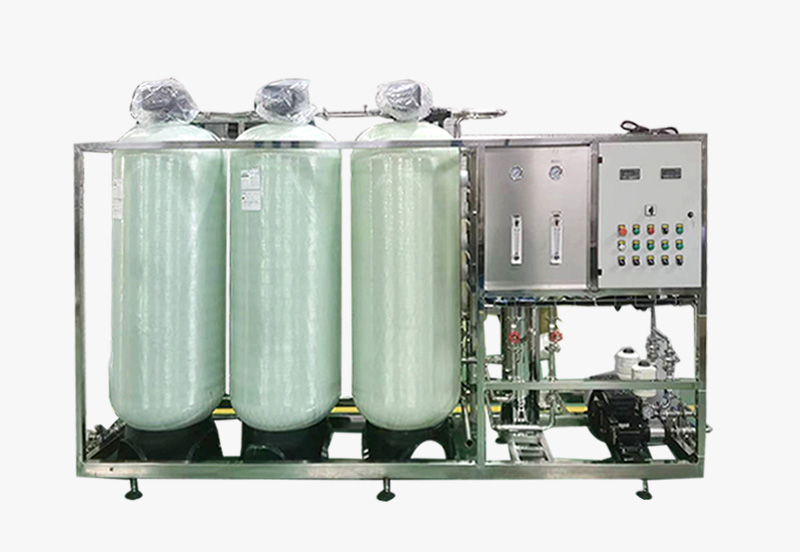
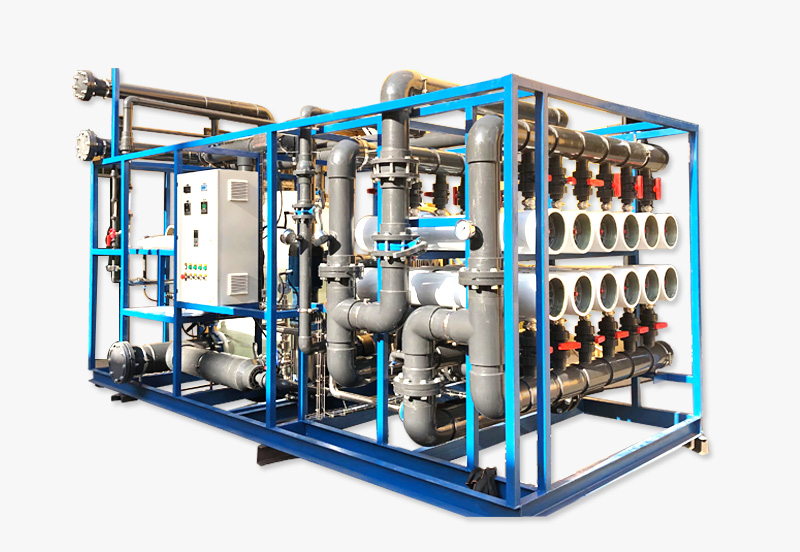
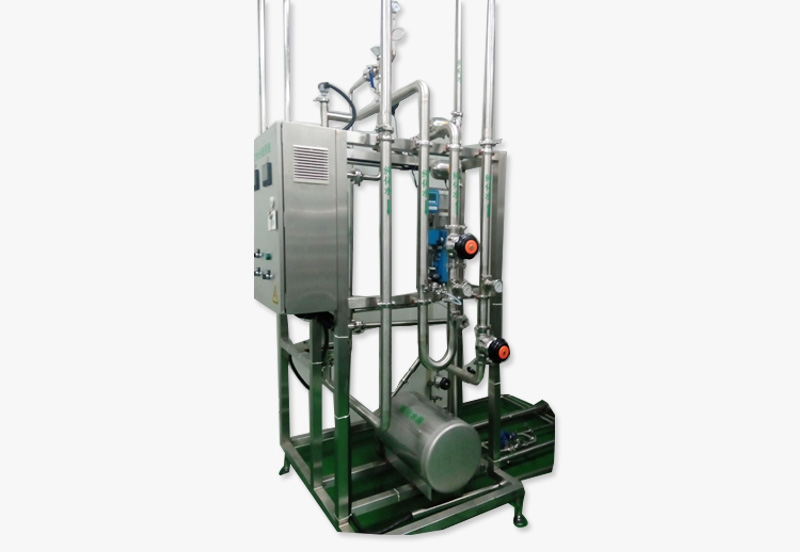
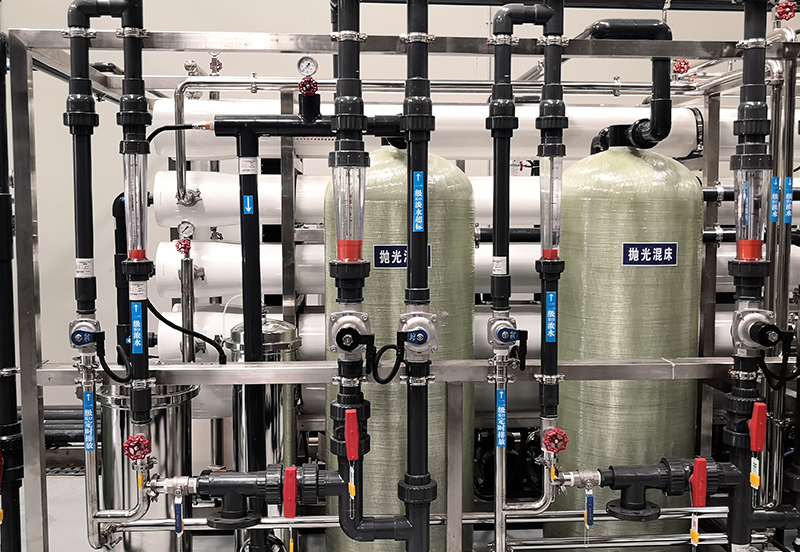
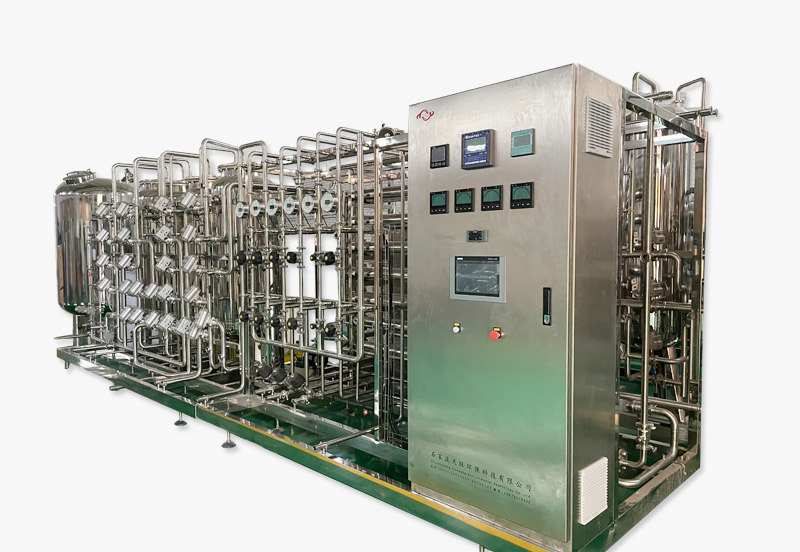
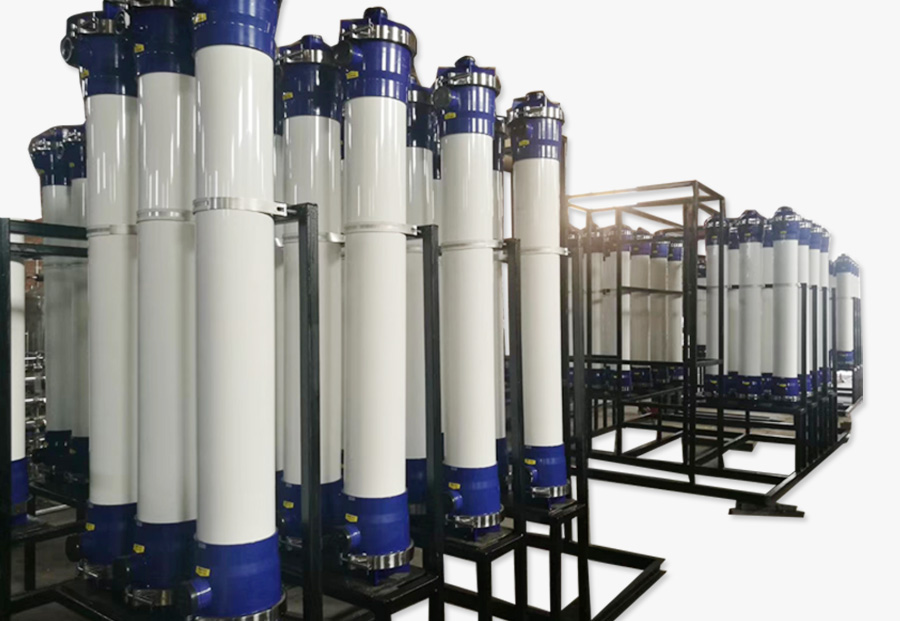

 0311-89272359
0311-89272359


 Message
Message
 Message
Message
